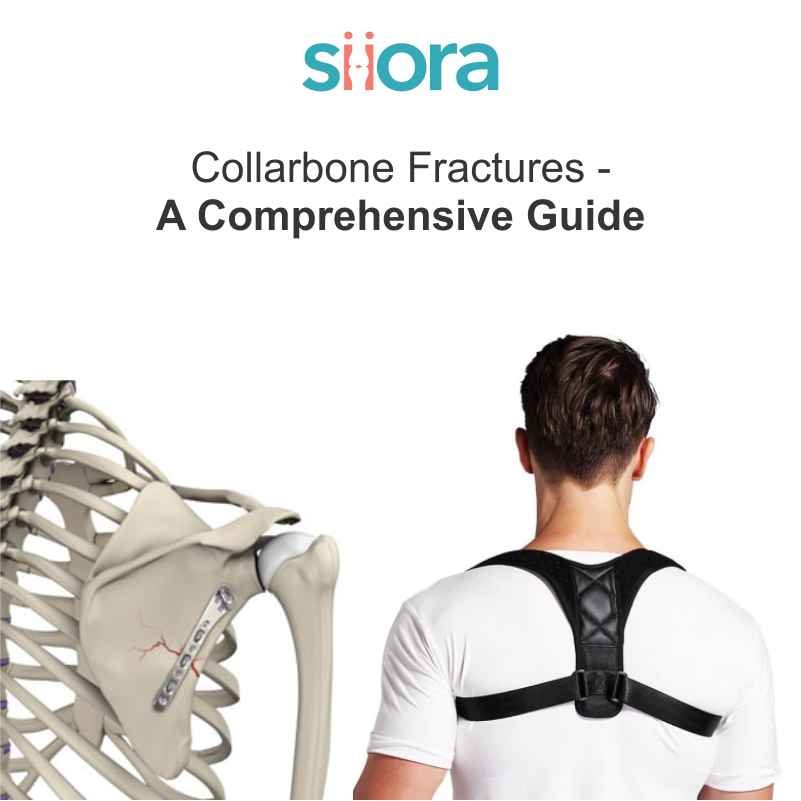The wrist contains two forearm bones: the ulna and the radius. The most commonly encountered fracture in the wrist is that of the distal radius. It is the end of the larger of the two arm bones at the thumb-side of the wrist. Generally, Distal radius fractures occur about one inch from the end of the radius and are caused due to injury when one falls on an outstretched hand or if one has osteoporosis or low bone density. The injury causes swelling, pain, and bruising and can create a deformed appearance to the wrist.
The length of time for recovery differs greatly between patients. It is essential to have your recovery guided by your physician and a certified hand therapist. It is necessary to keep the wrist elevated and to keep the fingers moving by making a tight fist as often as possible. There is no reason to use a squeeze ball. An empty fist is the best. It is very common to have swelling and stiffness in the fingers and hand for quite some time after a wrist fracture.
Treatment Options
Stable fractures that do not affect the joint alignment are treated without surgery. Initial treatment generally includes elevating the arm, icing, and anti-inflammatory medications to control swelling and pain. A splint may be used for 1 to 3 weeks to allow for swelling. After the swelling is subsided, the splint will be replaced by a fiberglass cast. After the injury, the wrist is typically immobilized for as many as 6 weeks. A sling may be worn for comfort, but it is important to work on maintaining a full range of movement of the elbow and shoulder to prevent stiffness. However, regaining range of motion of the forearm and wrist is the focus for the first few months, followed by strengthening.
In most cases, a return to sports may be expected no before 3 months from the start of treatment. After the cast is taken off, a removable splint can be worn either for strenuous or full-time activities until the fracture is fully healed.
For more serious fractures, surgery may be needed to correct the alignment of the bone. Sometimes a cast alone can be used. It may sometimes be essential to insert metal pins, bone screws and an orthopedic plate.
Another common fracture is of the scaphoid bone which is a small bone in the thumb-side of the wrist. It is a common sports injury and is often a result of a fall toward an outstretched arm.
What Else?
Treatment depends on the location of the break. Fractures at the end of the bone, close to the thumb, often heal in a few weeks when placed in a cast. If the scaphoid is broken in the middle of the bone or closer to the forearm, healing can be more difficult and need a long-arm cast or surgery.
When the scaphoid is broken at the proximal pole or waist, surgery may also be recommended. For surgery locking hand plates require that can be accessed from the top orthopedic implant manufacturers in India. Wires and bone screws are used to stabilize the bone, so it can heal properly. After surgery, the wrist may be put into a cast. However, even with surgery, these fractures can be hard to heal.








